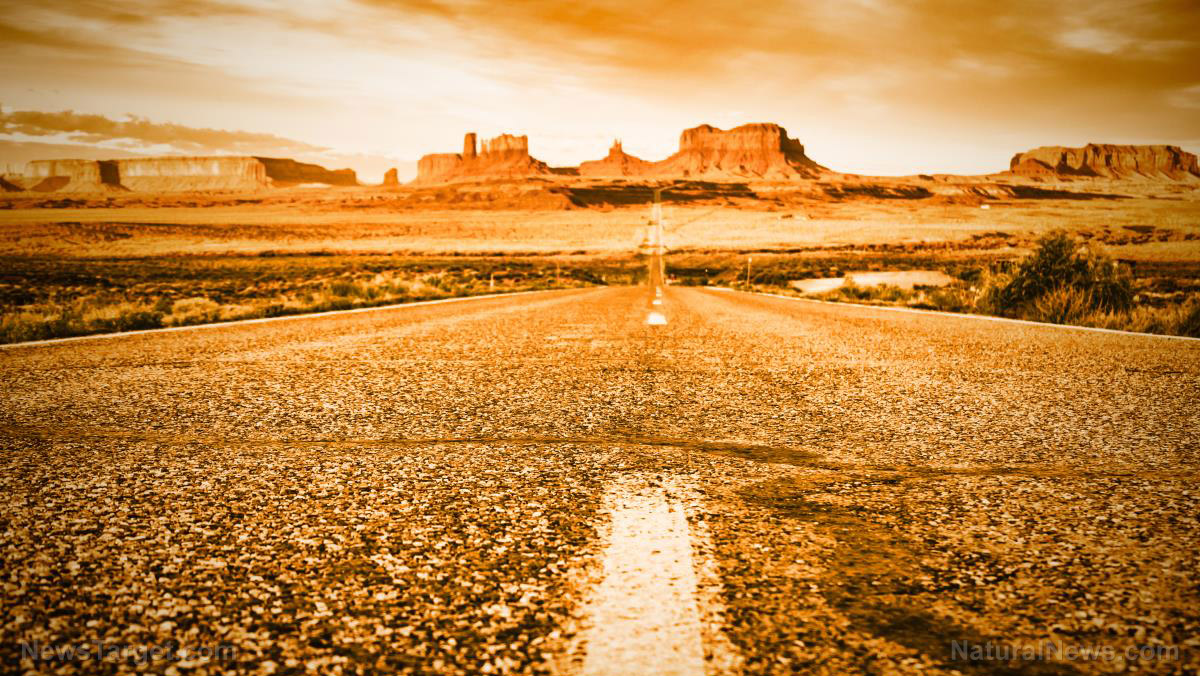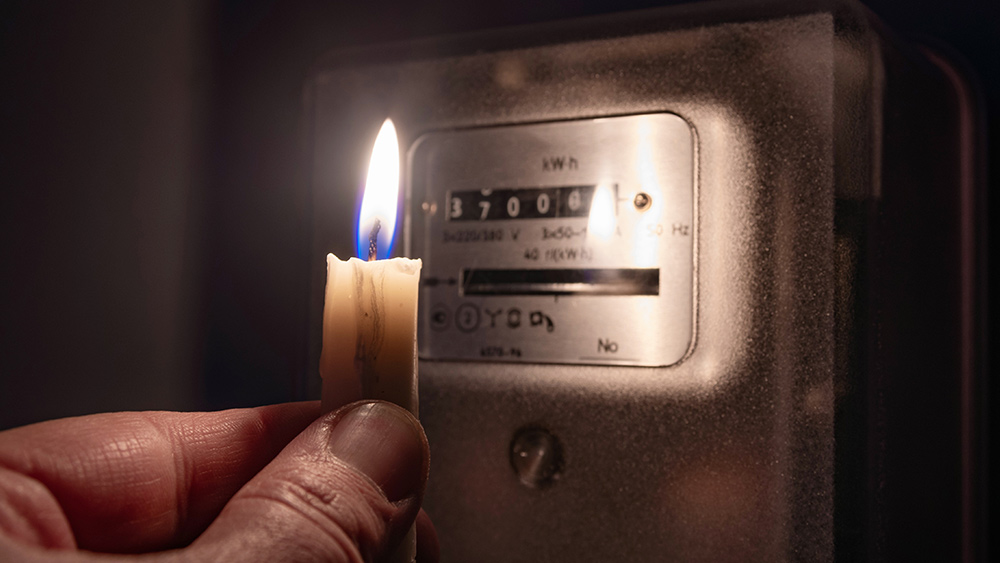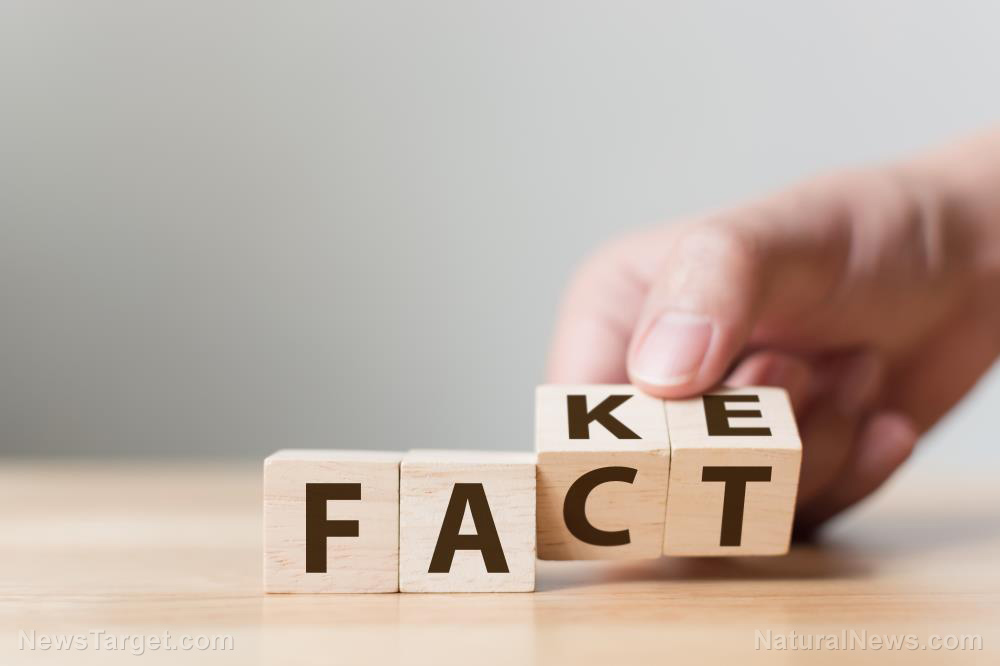
Advertisement
Most preppers don’t need a good reason to continue improving their chances of survival during any given national or global emergency. However, a new report definitely puts new urgency into doubling and tripling your current readiness efforts.
A group of experts led by Adam Liska, a biological engineering professor at the University of Nebraska, says that even the detonation of a single nuclear warhead could trigger massive climate-related changes that would lead to widespread drought followed by famine, costing a billion lives.
The report notes that for decades during the Cold War, the theory of MAD — Mutually Assured Destruction — kept the world’s two superpowers, the United States and the Soviet Union, from engaging in a hot war that most certainly would have gone nuclear. The theory went that no matter who struck first, the other side would retain enough of a capability to launch a massive nuclear counterstrike, thus wiping out both nations (and the rest of the world).
However, they argue, Cold War rules based on MAD no longer seem to apply, as smaller, less stable nations like North Korea, Pakistan and (eventually) Iran gain nuclear weapons and the means to deliver them anywhere in the world.
“We’re losing our memory of the Cold War and we’re losing our memory of how important it is to get this right,” observed co-author Tyler White, a political scientist professor at the university who specializes in international security and nuclear policy. “Even a conflict that doesn’t involve the United States can impact us and people around the world.”

Pakistan has a nuclear capability and the missiles with which to launch them. Though North Korea recently tested an ICBM-capable missile, Western military intelligence experts do not think Pyongyang has yet mastered the technology to miniaturize the nuclear devices it has and place them atop an ICBM. However, they also note that North Korea is getting closer to the day when it will master the technology and deploy nuclear-tipped ICBMs. (RELATED: As North Korea tests new ICBM capable of reaching Alaska, Trump phones leaders of Japan, China: Is war on the horizon? Preppers be warned).
In addition to that threat, some analysts note that there are nuclear powers who have adopted first-use or limited-use policies regarding nuclear weapons as a way to make up for their lack of conventional military power. That includes Russian defense strategy, by the way.
But U.S. military planners also note that the Pentagon may recommend the same strategy to the White House if the country or an ally were under serious military threat or invasion; if a country used chemical or biological weapons against U.S. and allied forces; or to target rogue nuclear countries (like North Korea and Iran).
As reported by Homeland Security Newswire:
Using publicly available data on 19 types of weapons now held by five major nuclear powers — the United States, Russia, China, the United Kingdom and France — Liska and his colleagues calculated how many nuclear bombs in each category could be used before triggering conditions they describe as “nuclear autumn” or “nuclear drought.” Not as severe as the nuclear winter predicted by scientists in the 1980s, a nuclear autumn nonetheless would significantly impact Earth’s climate.
“The question is not if a nuclear drought can occur, but what factors increase its probability of occurring and what actions can be taken to mitigate the potentially devastating global impacts?” noted Liska.
Previous studies have concluded that a nuclear blast capable of destroying a large U.S. metropolitan area the size of Los Angeles (roughly 500 square miles) would release 5.5 million tons of soot and ash into the stratosphere, causing a loss of sunlight, decreased temperatures and less rainfall around the world for at least five years.
The effect of that one blast, analysts say, would significantly reduce growing seasons, while rainfall could decrease as much as 80 percent in some parts of the world.
J.D. Heyes is a senior writer for NaturalNews.com and NewsTarget.com, as well as editor of The National Sentinel.
Sources include:
Submit a correction >>
This article may contain statements that reflect the opinion of the author
Advertisement
Advertisements















